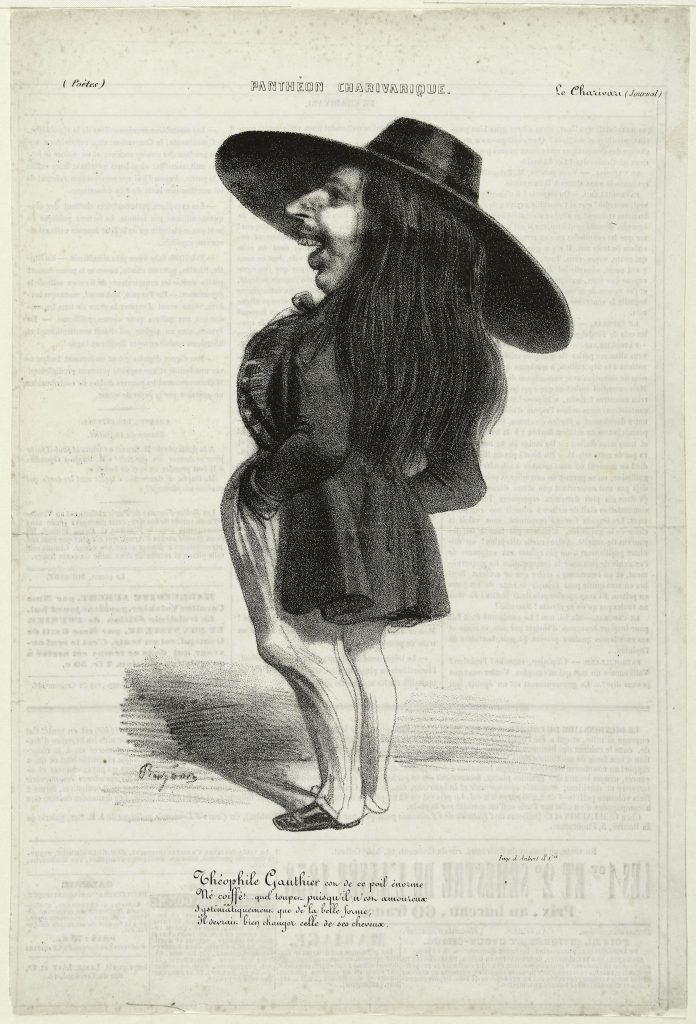
After trying his hand at painting, Théophile Gautier became a journalist, poet, libretto writer and art critic, as enthusiastic about dance as about painting, sculpture or music. This refined aesthete enhanced Balzac’s perspective on artistic creation. Balzac, who appreciated Gautier’s literary merit, dedicated to him Les Secrets de la princess de Cadignan, and happily paraphrased Mademoiselle de Maupin, attributing several of the poet’s personality traits to his journalist Raoul Nathan, hero of Une fille d’Ève. For his part, Gautier penned an introduction for Petites misères de la vie conjugaleand wrote a biography of Balzac that is in equal measure comedic and tender. After trying his hand at painting, Théophile Gautier became a journalist, poet, libretto writer and art critic, as enthusiastic about dance as about painting, sculpture or music. This refined aesthete enhanced Balzac’s perspective on artistic creation. Balzac, who appreciated Gautier’s literary merit, dedicated to him Les Secrets de la princess de Cadignan, and happily paraphrased Mademoiselle de Maupin, attributing several of the poet’s personality traits to his journalist Raoul Nathan, hero of Une fille d’Ève. For his part, Gautier penned an introduction for Petites misères de la vie conjugale and wrote a biography of Balzac that is in equal measure comedic and tender.
“More fair the work, more strong,
Stamped in resistance long,—
Enamel, marble, song.
Poet, no shackles bear,
Yet bid thy Muse to wear
The buskin bound with care.
A fashion loose forsake,—
A shoe of sloven make,
That any foot may take.
Sculptor, the clay withstand,
That yieldeth to the hand,
Though listless heart command.
Contend till thou have wrought,
Till the hard stone have caught
The beauty of thy thought.
With Paros match thy might,
And with Carrara bright,
That guard the line of light.
Borrow from Syracuse
The bronze’s stubborn use,
Wherein thy form to choose.“
Théophile Gautier, L’Art, in Émaux et camées, 1852 (Translation Agnes Lee)
This poem constitutes something of a manifesto for the poetic ethos of Théophile Gautier, for whom form must take priority in art, causing him to give pride of place to effort.

These few lines mock Théophile Gautier’s flowing locks, but also pay homage to his taste for great writing. At the time, Théophile Gautier was known and appreciated as a young poet, journalist, art critic, novelist and author of fairy tales and fantasy. Later he was to also become the author of ballet librettos, plays and travelogues.